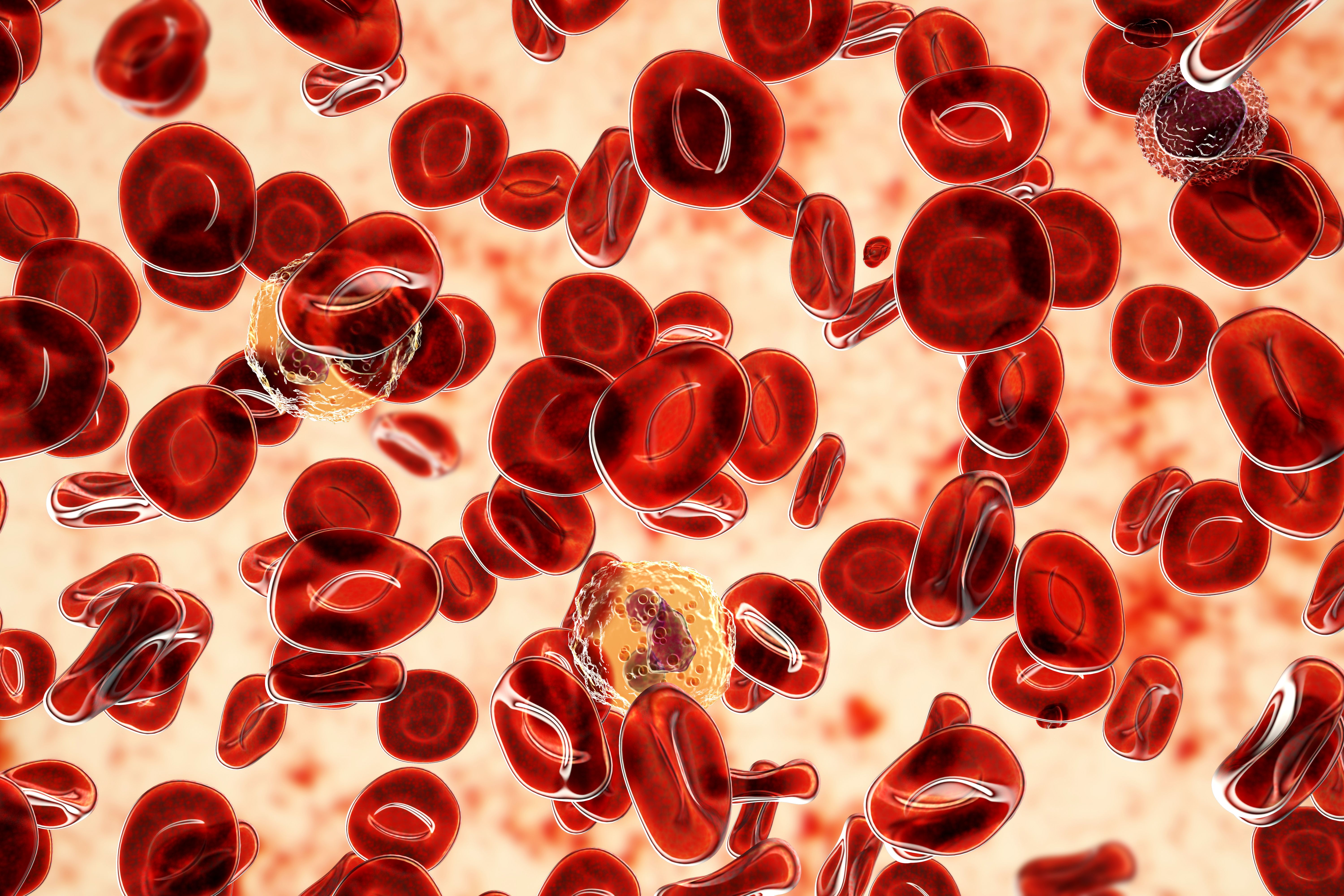News
Article
Targeting GPRC5D Holds Promise in Multiple Myeloma
Author(s):
Key Takeaways
- GPRC5D is a promising target for MM therapy, present in MM cells but minimally in normal immune cells, correlating with poorer patient outcomes.
- Strategies for targeting GPRC5D include bispecific antibodies, CAR-T, and CAR-NK cells, each showing early positive results but with challenges like antigen escape.
Several studies have been conducted, but questions remain about where such therapies will fit into multiple myeloma treatment strategies.
Therapies targeting a key G protein–coupled receptor may prove to be an important advancement in the treatment of multiple myeloma, a new review suggests.
The study, published in the journal Cancer Medicine, found that early research evaluating the G protein-coupled receptor, Class C Group 5 Member D (GPRC5D), as a target in multiple myeloma has yielded promising results.1 They said the next phase of research should explore where the new class of therapies would best fit within existing multiple myeloma treatment regimens.
The study authors noted that therapies targeting B-cell maturation antigen (BCMA) have had a major impact in the treatment of multiple myeloma, particularly for patients with relapsed or refractory multiple myeloma (RRMM). Yet, they said, it does not appear that BMCA-targeted therapies are a complete solution.
“Despite the success of BCMA-targeted therapies for multiple myeloma, an increasing number of patients with relapse are exposed to this class of drugs, and changing the therapeutic targets may be an effective strategy for patients with this class of RRMM,” they wrote.
GPRC5D is one of several targets currently being investigated in multiple myeloma, the authors noted. The investigators said their goal in the new review was to better understand the state of the current research and what it might mean for multiple myeloma.
The researchers explained there is significant evidence supporting the idea that GPRC5D is a useful therapeutic target. It is present in both multiple myeloma cells and scleratin-producing cells, they noted, but it is absent or minimally present in normal immune cells. In addition, patients with multiple myeloma who have elevated GPRC5D levels tend to have poorer outcomes.
A 2012 study found people with multiple myeloma who had above-median expression levels of GPRC5D in their bone marrow had a 43.9% estimated overall survival at 48 months, compared with 70.2% survival among patients whose expression levels were below the median.2
“Therefore, GPRC5D is a promising marker for detecting tumor burden and is a reliable target for targeted therapy,” the authors wrote.
The investigators outlined 3 strategies for targeting GPRC5D. T cell-conjugated bispecific antibodies (BsAbs) targeting CPRC5D include talquetamab and forimtamig. Both are CD3 x GPRC5D BsAbs, though the latter has a 2:1 configuration, which the investigators said is intended to cause bivalent binding of GPRC5D and enhanced T-cell redirection. Both have shown positive early results, the authors said.
Another strategy is using chimeric antigen receptor (CAR) T-cell therapies to target GPRC5D. At least 5 trials using CAR T cells to target GPRC5D have been conducted, and all showed the therapy to be safe and effective. All but one of the trials was phase 1. However, the authors noted early data also show a notable risk of recurrence after therapy, often due to antigen escape. Dual-targeted CAR T cells may be able to reduce the risk of antigen escape, they said.
CAR natural killer (CAR-NK) cells are also under investigation due to their low incidence of graft-versus-host disease and lower toxicity, the investigators said.
In addition to antigen escape, off-target toxicities are also a significant concern with therapies like CAR T cells and others. Cytokine release syndrome and immune effector cell-associated neurotoxicity syndrome are common adverse reactions to GPRC5D therapy, the investigators noted. In both cases, symptomatic support is the main treatment approach, along with steroid hormones, they said.
Overall, the authors concluded the data show the potential applications for CPRC5D-targeting in multiple myeloma are “vast.” Still, they said there remains a lack of large-scale multicenter clinical trials. Such trials will be necessary to systematically evaluate the synergistic effects of different treatment modalities and combinations, they explained. Additionally, they noted long-term studies are key, because they will help better understand the risk of relapse and the impact of these new therapies on patients’ quality of life.
“Through the synergistic action of multiple targets, there is the potential to develop more efficient and safer comprehensive treatment plans, thereby offering multiple myeloma patients more favorable treatment outcomes,” they wrote.
References:
- Yan S, Ming X, Zheng R, Zhu X, Xiao Y. Application of GPRC5D Targeting Therapy in Relapsed Refractory Multiple Myeloma. Cancer Med. 2025;14(6):e70764. doi:10.1002/cam4.70764
- Atamaniuk J, Gleiss A, Porpaczy E, et al. Overexpression of G protein-coupled receptor 5D in the bone marrow is associated with poor prognosis in patients with multiple myeloma. Eur J Clin Invest. 2012;42(9):953-960. doi:10.1111/j.1365-2362.2012.02679.x





